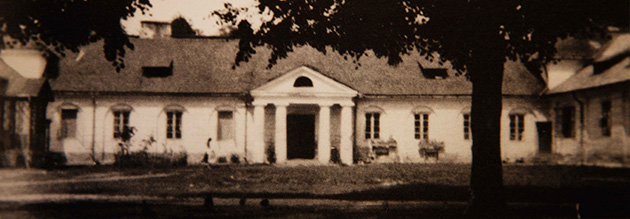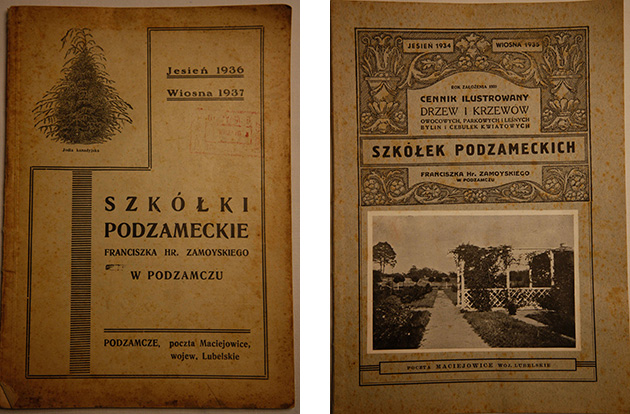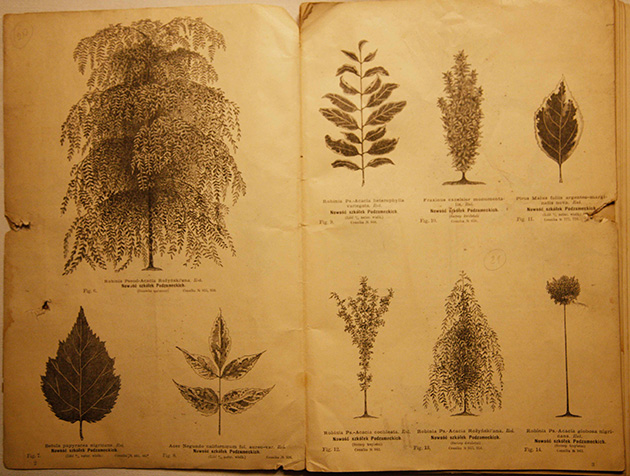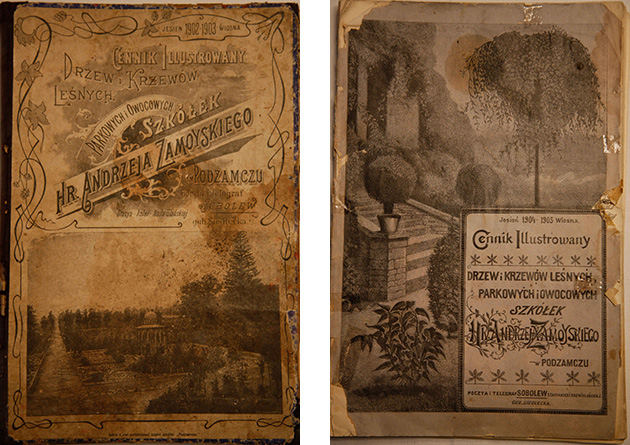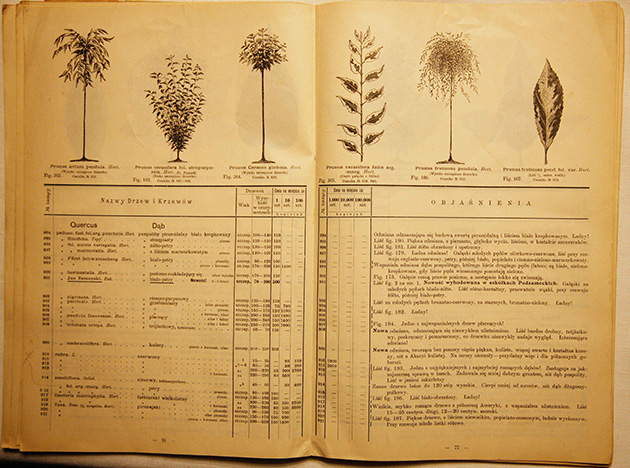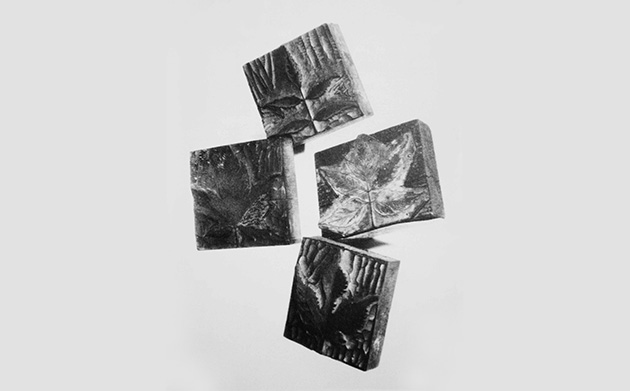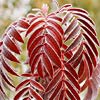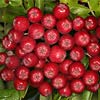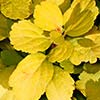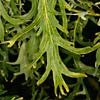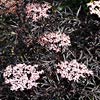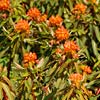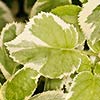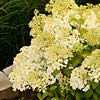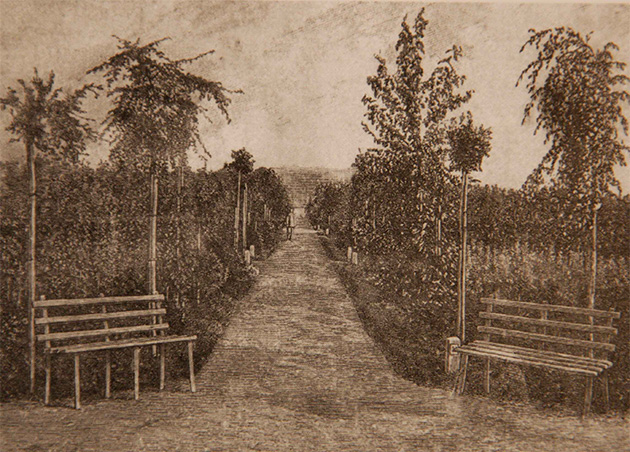
The largest and the most notable nurseries in history of the Polish horticulture. They were created in Podzamcze in Masovian region, between Maciejowice and Sobolewo, in
Andrzej Zamoyski's manor. A model farm and nurseries existed in the manor of the Zamoyski family already in the first years of the 19th century – it was a small farm, but leading in bringing new plants to Poland.
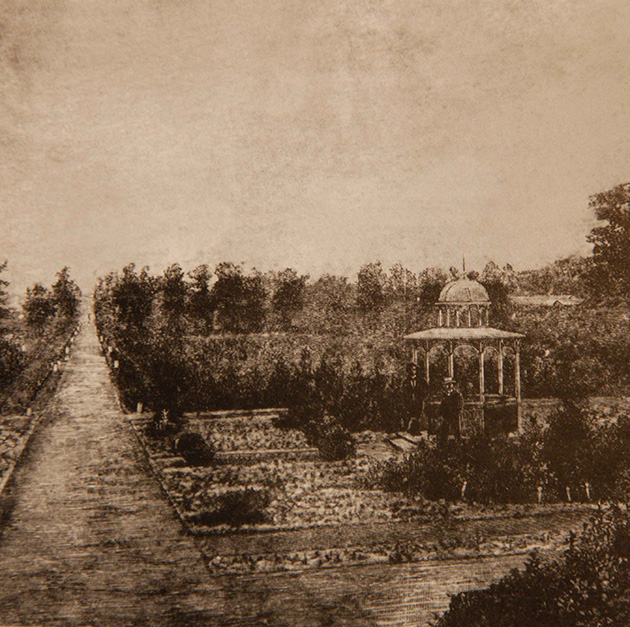
Between 1885 and 1915 the nurseries in Podzamcze and their nearby located subsidiaries were managed by Feliks Rożyński, a forester from Wielkopolska region. He ruled with an iron but enlightened fist. Development of the nursery was possible thanks to exceptionally cheap workforce and huge Russian market, virtually deprived of nurseries. From 1907 the Nurseries of Podzamcze held the honorable title of “Supplier of His Imperial Majesty’s Manor”. Interesting is the fact that plants were shipped in wicker baskets with forest soil and relevant mycorrhizal fungi even to Sakhalin and Kamchatka Peninsula.
During just 4 years (to 1889), Feliks Rożyński changed small nurseries of forest trees to large nurseries selling decorative trees. For the next 25 years they were to sell over 230 million of plants. From 1896 they also had fruit bearing trees in their offer. With 548 quarters with telephone system the nurseries covered area of 135 ha and were worth a million silver rubles. Even 20 mln plants were sold annually and the number of plants in stock ready for expedition amounted to 50 mln. Pricelists were printed in two language versions. These were large books with woodcut illustrations printed in more than 10 000 copies.
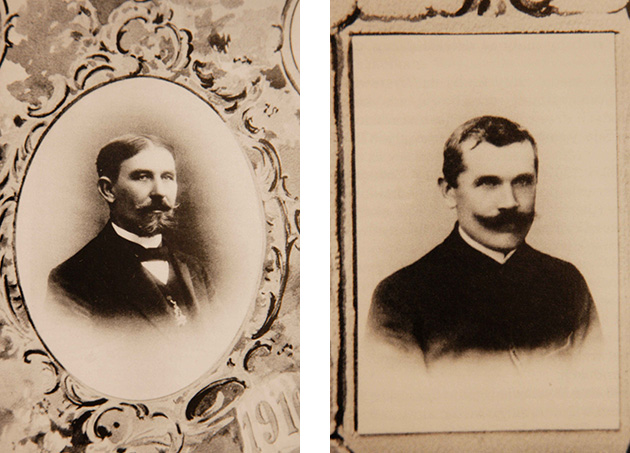
Rożyński (and then his successor – Stefan Tokarz) selected over 60 varieties of decorative trees and shrubs in Podzamcze. In the interwar period nurseries became less significant due to limited access to the Russian market. Even though well-known gardeners – Stefan Tokarz and Konstanty Krynicki – were among his successors, Rożyński's work was also lacking.
